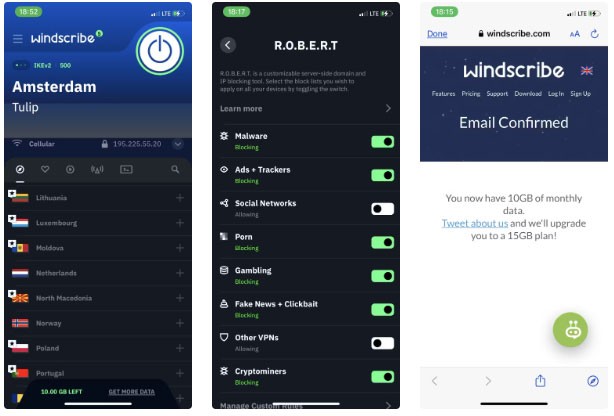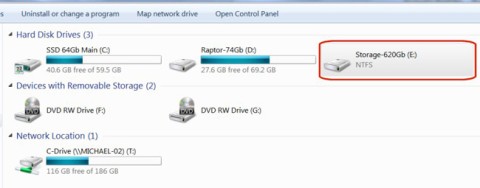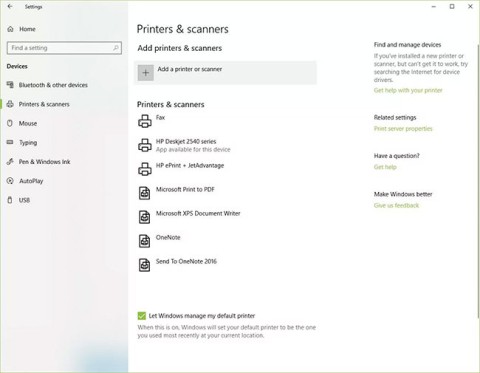The Best Diets for Heart Health

In addition to regular exercise and not smoking, diet is one of the best ways to protect your heart. Here are the best diets for heart health.
The disadvantage of a regular WiFi network is that the WiFi signal cannot cover every corner of the house. But in large hotels, you can go from the 1st to the 11th floor, from the room to the entertainment area kilometers away, and still use the hotel's WiFi. Or just a single WiFi network can still be connected seamlessly from the bedroom to the living room and out to the garden with very stable signal strength.
That’s thanks to WiFi mesh technology (also known as mesh WiFi network). So how exactly does WiFi Mesh work and how is it different from a traditional WiFi extender? Let’s find out right away.
Table of Contents
WiFi Mesh is a network architecture that connects WiFi access points within a wide range (up to kilometers) together, and these access points will connect to each other to provide a unified network of access points and can cover the entire area, the data is automatically routed to optimize connectivity and stability. In addition, when one of the access points encounters a problem, the other points automatically add traffic and take over the position of the faulty access point until it is completely fixed.
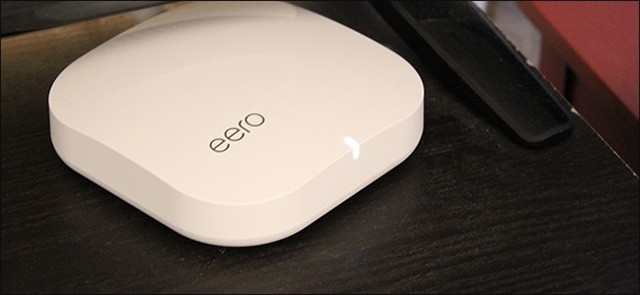
Think of a WiFi Mesh system as a network of WiFi extenders, but much easier to set up, and without multiple network names or any other requirements. All you have to do is plug in the routers in the system and follow a few simple steps in the accompanying apps. Once everything is set up, managing your network is also much easier because most of the complex, advanced features are out of the reach of the average user, while the important features that everyone uses are easily accessible and usable.
In short, WiFi mesh is a network system of WiFi hotspots, connected together in a unified manner and capable of broadcasting WiFi over a very wide range. For example, you are at home, then go to the market about 500m away from home and still have WiFi and go to eat, 500m away from the market, you can still use WiFi as usual.
WiFi boosters have long been a popular option for solving WiFi dead spots - areas where your home WiFi signal is not strong enough to reach. However, the emergence of WiFi Mesh systems in the past few years has attracted the attention of many ordinary users because these systems are especially easy to install and use.
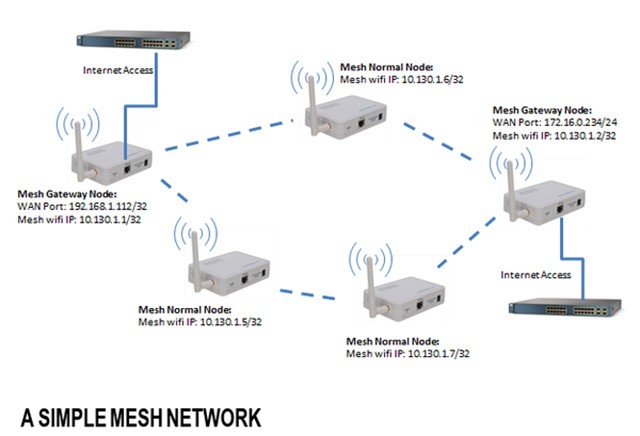
One aspect that many users don’t realize about mesh WiFi systems is that they can completely replace your current router. So while WiFi extenders simply help boost the WiFi signal strength of your main router, mesh WiFi systems actually create a completely new WiFi network that is completely separate from the WiFi network from your current router.
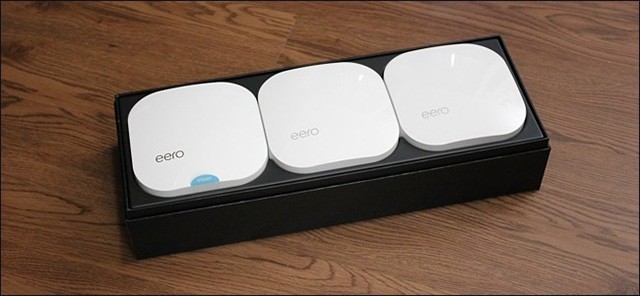
Plus, if you can manage your mesh WiFi network entirely through simple smartphone apps, rather than having to access complex router admin pages, it makes changing settings and generalizing your home WiFi network much simpler.
Mesh WiFi systems also allow routers in a system to communicate with each other in any order. Traditional WiFi extenders can only communicate with your main router, and in case you have multiple WiFi extenders set up, they often cannot communicate with each other. This is a huge advantage of Mesh WiFi systems.
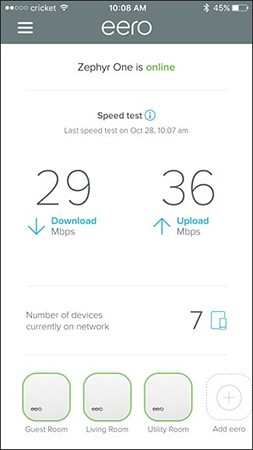
For example, if you set up the first and second mesh units in your home, you won't have to worry about placing the third unit near the first, as it will simply pick up the signal from the second unit you set up, allowing you to create much larger coverage than WiFi extenders.
Furthermore, if you open a WiFi analyzer app, you will notice that your mesh WiFi system is actually broadcasting separate WiFi networks from each unit in the mesh network you have set up. This is also how traditional WiFi extenders work, but with extenders, you will often have to manually switch between networks (e.g. between Network and Network_EXT).
A mesh WiFi system, on the other hand, still operates as a single network, so your devices will automatically switch connections between the transmitters in the network. Of course, some WiFi extenders can do this too (like the D-Link DAP-1520), but they still have a clear drawback: they use WiFi signals to communicate with the router and connect to your devices, which can result in a slight slowdown in network speeds.

In summary, the advantages of the WiFi Mesh system are:
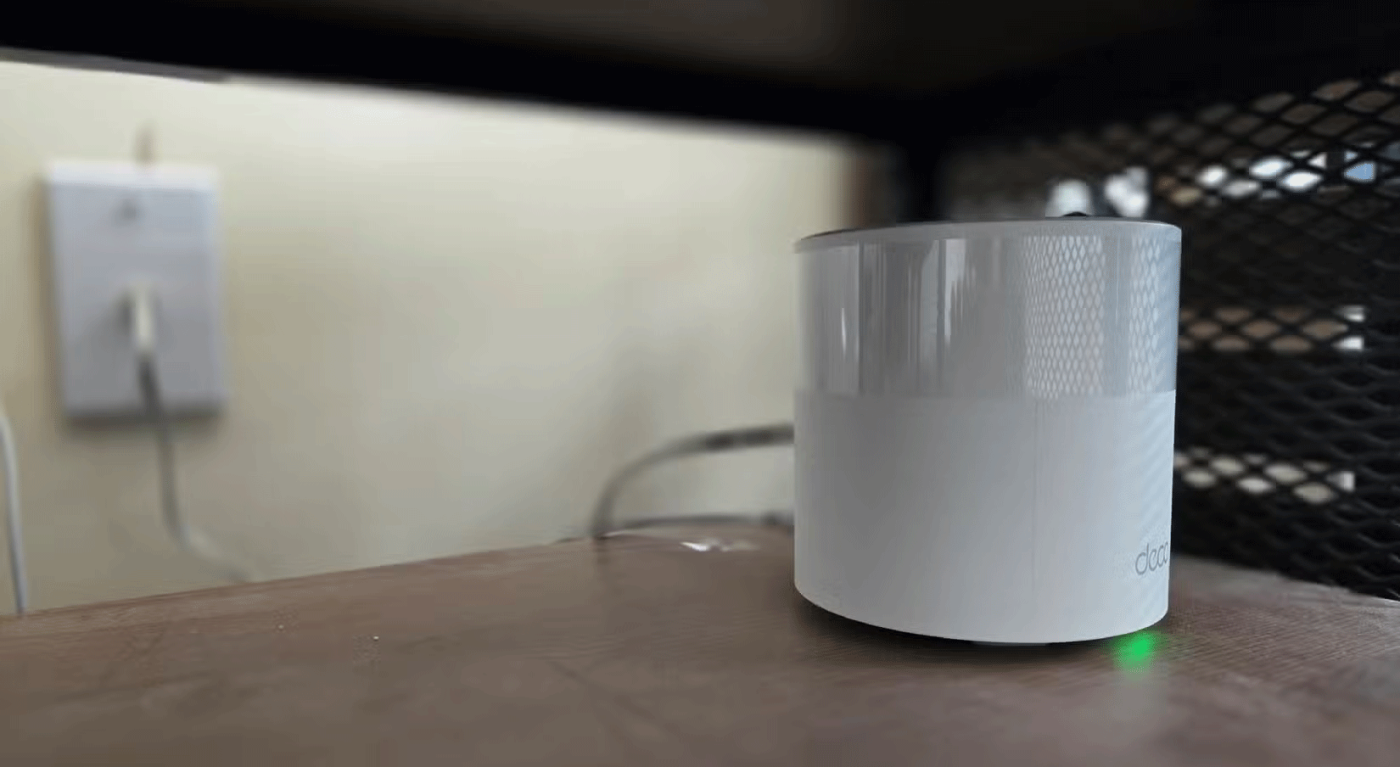
Mesh WiFi takes a different approach to signal delivery. Instead of one large router doing all the work, you essentially have a number of small routers providing a single fast connection.
You simply connect one node to your modem via an Ethernet cable. It then sends that signal to any device within range, including any other nodes in your Mesh WiFi system. Unlike extending your signal with a WiFi extender, each node acts as part of the same network, so you don’t have to manually connect to different networks as you move around your home.
With a Mesh WiFi system, the signal strength of your router becomes less important. What matters more is the placement of your nodes. You can also expand your network by purchasing additional nodes until every corner of your home is covered. You can even set up nodes outdoors to stream from your porch or balcony.
Mesh WiFi doesn’t solve every problem. While each node doesn’t need an Ethernet connection, it does need a safe surface within range of an electrical outlet. The kitchen counter is ideal for signal strength, but don’t put a node too close to a water source. It’s best to map out where the nodes might be before rushing out to buy a node.
Mesh WiFi excels in environments where there are too many things to obstruct the wireless signal (metal, brick, concrete, etc.) or the space is too large for a router or extender to realistically cover. When you have a dead WiFi spot, you can fix it with two or three nodes in a mesh network.
You don’t have to run any Ethernet cables , and if you need more, you can just buy another node. Setup for most mesh WiFi systems is quick and easy with an app on your phone. Mesh WiFi makes things easy and saves you the time spent figuring out where to place your extenders.
Mesh WiFi does come with an additional cost. After all, you’re essentially buying two or more routers. However, you can get a basic Mesh WiFi for around $100. Like a cheap router, it won’t have the fastest speeds, and you’ll be giving up other features. Ultimately, there are factors to consider before switching to Mesh WiFi, just like any other purchase. If you decide to invest in Mesh WiFi, the next time you have trouble getting online, it may not be because you’re out of range.
Mesh WiFi promises to extend your network's range far beyond that of a traditional router. If you have a large home, it might seem like the perfect solution. But is mesh networking really as good as it sounds?
TP-Link Deco Mesh router next to WiFi repeater
Everyone hopes that using mesh WiFi will eliminate dead zones, reduce latency, and reduce instability. And it does. Once everything is set up, you should see a significant improvement in the performance of your devices both indoors and outdoors.
However, you may still experience speed issues as the signal “hops” from node to node. Combined with concrete floors or thick walls, you may find that the final signal is much weaker than expected.
Some devices, especially older ones, can have trouble with mesh networks, such as when they are at the boundary between two nodes. Additionally, some of the best mesh networks prioritize 5GHz WiFi, which can cause problems for 2.4GHz-based devices.
On the other hand, it might be the motivation you need to upgrade some of your old gear.
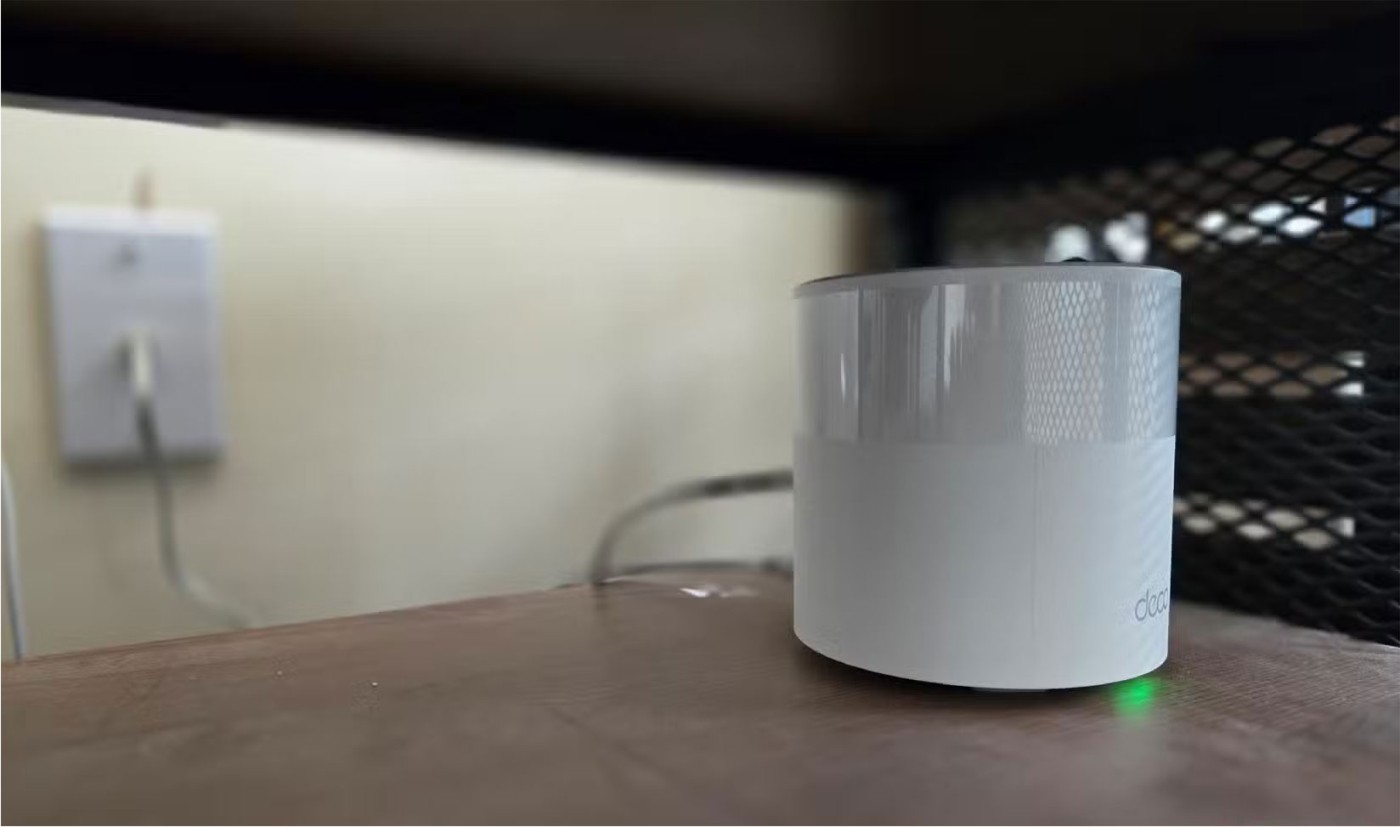
Have you ever walked around your house with a Wi-Fi router in hand, trying to figure out the best place to put it? Now imagine that situation with a few similar devices. A successful setup requires quite a bit of tweaking as you try to balance distance and signal strength.
Check the manufacturer's instructions and maybe some experience from people who have set up similar networks to get an idea of how to distribute the mesh Wi-Fi nodes and some of the best locations to put them.
Many vendors, like Google and eero, provide the ability to test the connection quality between nodes using their respective apps.
When painting a house, it's usually better to order more paint than you think you need. It's safer to go easy, but in the case of a mesh network, doing so can cost you money on extra nodes that you don't actually need.
While you may not need to dig into your home's blueprint, think about how many rooms you'll need nodes for before ordering. Because the resale market for loose nodes is not very good.

Whether mesh WiFi is worth it depends a lot on your expectations. Mesh WiFi is overkill in small apartments or for people who don’t really need a building-wide connection. Modern routers do a lot of the work without much fuss. But if you have a large space with a lot of people or need more signal to targeted locations, mesh WiFi starts to compete with extenders, as they’re much easier to expand in the future.
Some mesh WiFi kits allow both wired and wireless connections to a gateway or router, which can determine what kind of speeds you get. If you have a connection speed higher than 1Gbps and want to keep it close to that over WiFi, you’ll need to look at products that specifically offer dual 5GHz bands or are labeled as tri-band. However, for anyone with internet speeds around 400Mbps or lower, there are plenty of options to get started with mesh networking.
However, price can be an issue with mesh networks. Popular options like Amazon’s Eero and Google’s Nest WiFi start at $100 and go up to $500 depending on how many nodes you need. Meanwhile, a single extender costs around $50.
See also:
In addition to regular exercise and not smoking, diet is one of the best ways to protect your heart. Here are the best diets for heart health.
Diet is important to our health. Yet most of our meals are lacking in these six important nutrients.
At first glance, AirPods look just like any other true wireless earbuds. But that all changed when a few little-known features were discovered.
In this article, we will guide you how to regain access to your hard drive when it fails. Let's follow along!
Dental floss is a common tool for cleaning teeth, however, not everyone knows how to use it properly. Below are instructions on how to use dental floss to clean teeth effectively.
Building muscle takes time and the right training, but its something anyone can do. Heres how to build muscle, according to experts.
The third trimester is often the most difficult time to sleep during pregnancy. Here are some ways to treat insomnia in the third trimester.
There are many ways to lose weight without changing anything in your diet. Here are some scientifically proven automatic weight loss or calorie-burning methods that anyone can use.
Apple has introduced iOS 26 – a major update with a brand new frosted glass design, smarter experiences, and improvements to familiar apps.
Yoga can provide many health benefits, including better sleep. Because yoga can be relaxing and restorative, its a great way to beat insomnia after a busy day.
The flower of the other shore is a unique flower, carrying many unique meanings. So what is the flower of the other shore, is the flower of the other shore real, what is the meaning and legend of the flower of the other shore?
Craving for snacks but afraid of gaining weight? Dont worry, lets explore together many types of weight loss snacks that are high in fiber, low in calories without making you try to starve yourself.
Prioritizing a consistent sleep schedule and evening routine can help improve the quality of your sleep. Heres what you need to know to stop tossing and turning at night.
Adding a printer to Windows 10 is simple, although the process for wired devices will be different than for wireless devices.
You want to have a beautiful, shiny, healthy nail quickly. The simple tips for beautiful nails below will be useful for you.

